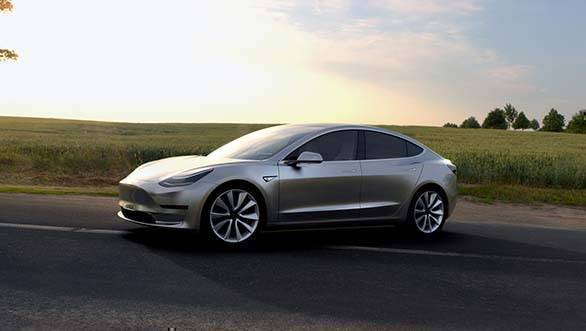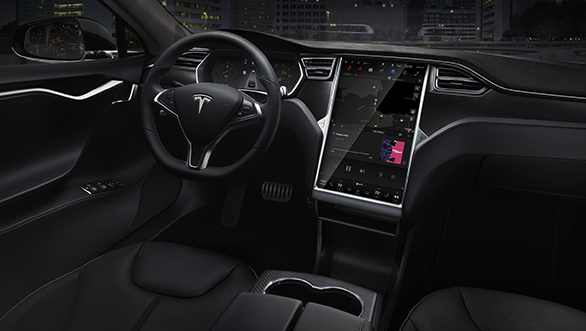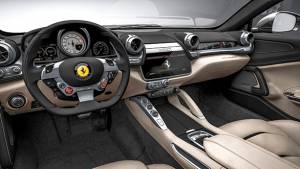Here's how the air conditioning system in an electric car works
All the AC systems you've been reading about on our website lately, are in vehicles powered by an internal combustion engine. But as almost everyone in the automobile industry is saying, the future is electric. Like IC engine-powered cars, electric cars have ACs too, but instead of using an engine to power the compressor, they use electricity. As simple as that sounds, there are several factors that need to be taken into consideration while rethinking a traditional air conditioning system.

Charging ahead at full speed in the electric automobile sector is Tesla. In their own words, Tesla cars use a compressor that is "similar to the one in a domestic fridge," except, it works off 400 volts. It sits at the front of the car and draws power from the car's battery pack or Energy Storage System (ESS) in Tesla terms, which is located at the rear. The compressor, like in your IC engine-powered car, pushes the refrigerant through the chilling unit and cools the air before reaching the AC vent.
The heater system is a little more complicated. In cars powered by an IC engine, the heating system draws heat from the engine's coolant. Around 30 per cent of the heat generated during combustion is transferred to the coolant, giving a ready heat source. The incoming air is heated as it passes through a heater matrix (a small radiator) which holds the hot engine coolant. In an electric car, none of these components exist.

What Tesla has done, is replace the heater matrix with an electric heater. However, they had to ensure that the heater doesn't drain too much power from the ESS. For that, they used a positive temperature coefficient (PTC) heater. What it is is resistor that increases its electrical resistance with an increase in heat. This limits the amount of power it draws and also ensures that it doesn't get too hot inside the cabin.
But that's not it. Another complication that electric cars face, is keeping the battery pack at an optimum temperature to support long life and efficient performance. A Tesla's ESS gets its own cooling system a pump which circulates a water/glycol antifreeze mix around it and an independent chilling unit. This also distributes heat within the battery pack, which ensures that there are minimal temperature variations between the cells.
Also from OVERDRIVE:
Ultimate Indian automobile AC test: The testing parameters
Hyundai i20 Active's AC is best among Indian hatchbacks!
Hyundai Elantra's AC rated highest among sedans in India
Hyundai Creta's AC scores highest among SUVs and MUVs in India
Summer special: How much does your car's AC affect fuel efficiency and performance?
Then and now: When ACs were not common in cars
Summer special: Does leaving the sunroof shade open, affect your AC's performance?
Supercar cool: The tech behind Ferrari's advanced air-conditioning systems
Ultimate Indian automobile AC test: The testing parameters
Starts Rs 9.99 Lakhs
1353cc
Automatic
115
242
-NA-
Starts Rs 17.6 Lakhs
1493cc
Automatic
115
250
-NA-
Starts Rs 6.8 Lakhs
1493cc
Manual
83
241
-NA-
Starts Rs 7.74 Lakhs
1396cc
Manual
83
219
21.19 Kmpl
-NA-
-NA-
503
660
-NA-














